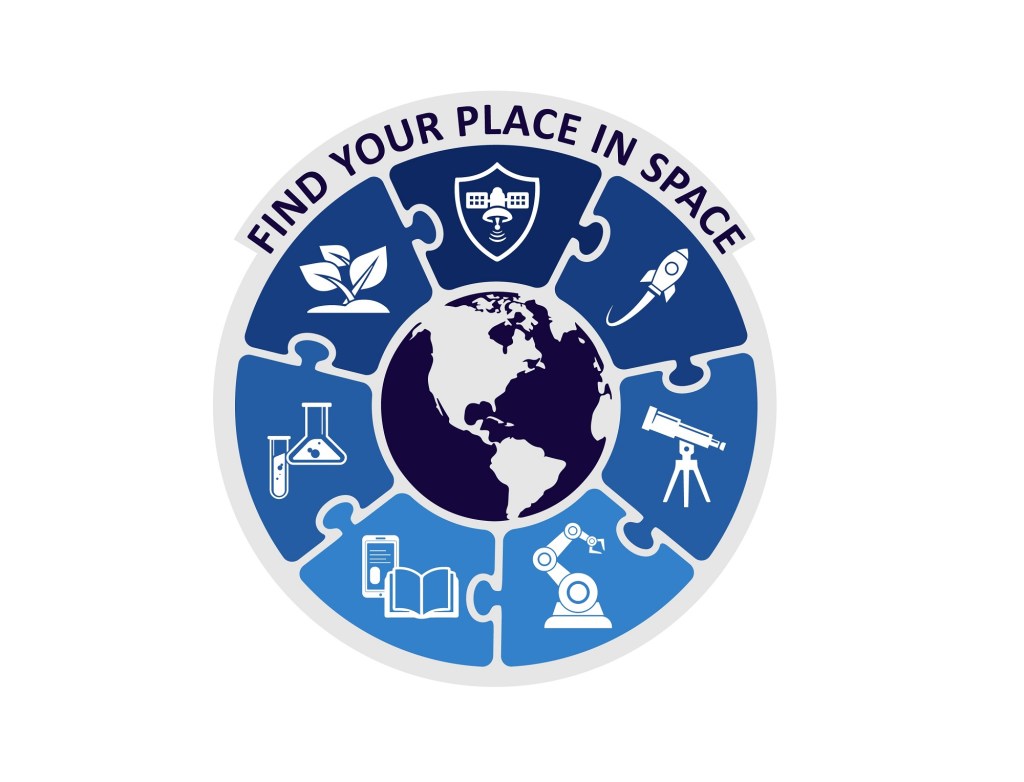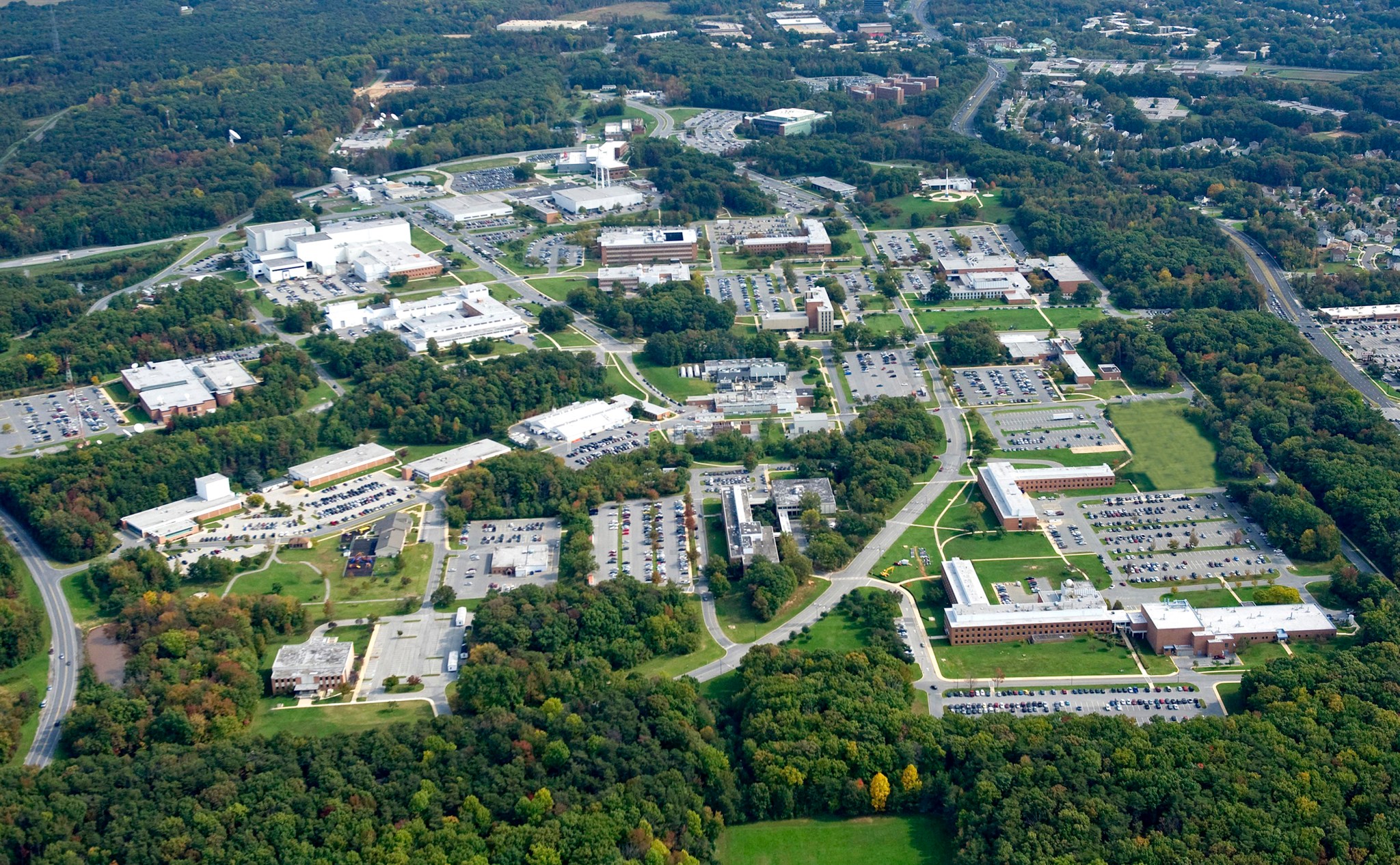Welcome to our Find Your Place in Space Week site!
The events listed here took place in Maryland in April 2024. We appreciate your interest and encourage you to stay tuned for future events about space exploration, science, and technology.
Find Your Place in Space Day at KID Museum
April 7, 2024 | 10 a.m.
Celebrate Find Your Place in Space Week at KID Museum on April 7th by making an eclipse-viewer in our Cardboard Studio and by “meeting” virtual NASA Astronaut Ellen Ochoa on the Latin Explorers Minecraft gaming platform. You can also be a SpaceKID at home with our digital Maker Playground activities.
Learn More about Find Your Place in Space Day at KID Museum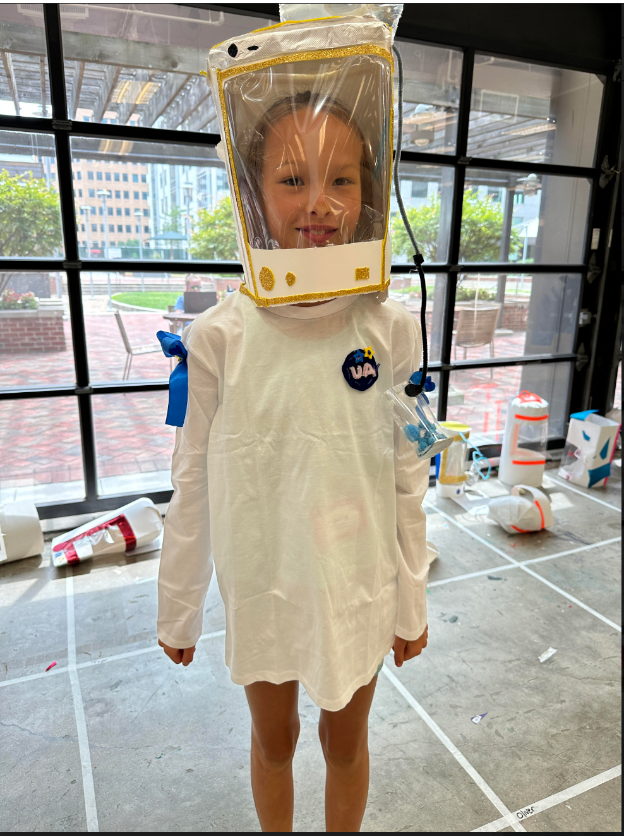
LUKE Space Competition 2024
April 8, 2024 | 8 a.m.
The LUKE Space Competition is a thrilling and innovative platform that invites participants to explore the frontiers of aerospace innovation. Hosted by the LUKE Foundation, this competition serves as a launchpad for aspiring engineers, scientists, and innovators to showcase their talents and contribute to the future of space exploration. From designing cutting-edge spacecraft to pioneering new technologies, participants have the opportunity to unleash their creativity, collaborate with like-minded peers, and compete for exciting prizes. With a focus on fostering innovation, collaboration, and education, the LUKE Space Competition promises to inspire the next generation of aerospace leaders and change-makers.
Learn More about LUKE Space Competition 2024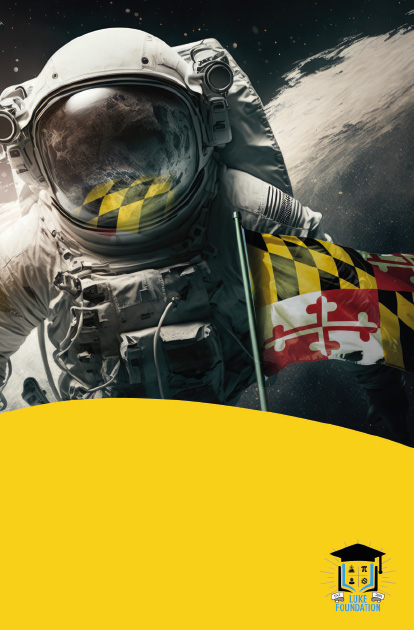
Sensory-Friendly Hour at the Goddard Visitor Center
April 11, 2024 | 2 -3 p.m.
Explore the Goddard Visitor Center during a sensory-friendly hour during Space Week. Sounds and lighting in our exhibit spaces will be limited during this time. We will also have touch items for visitors to experience, and a designated quiet space. During this week, guests are encouraged to “Find their place in space.” No prior registration is required.
Learn More about Sensory-Friendly Hour at the Goddard Visitor Center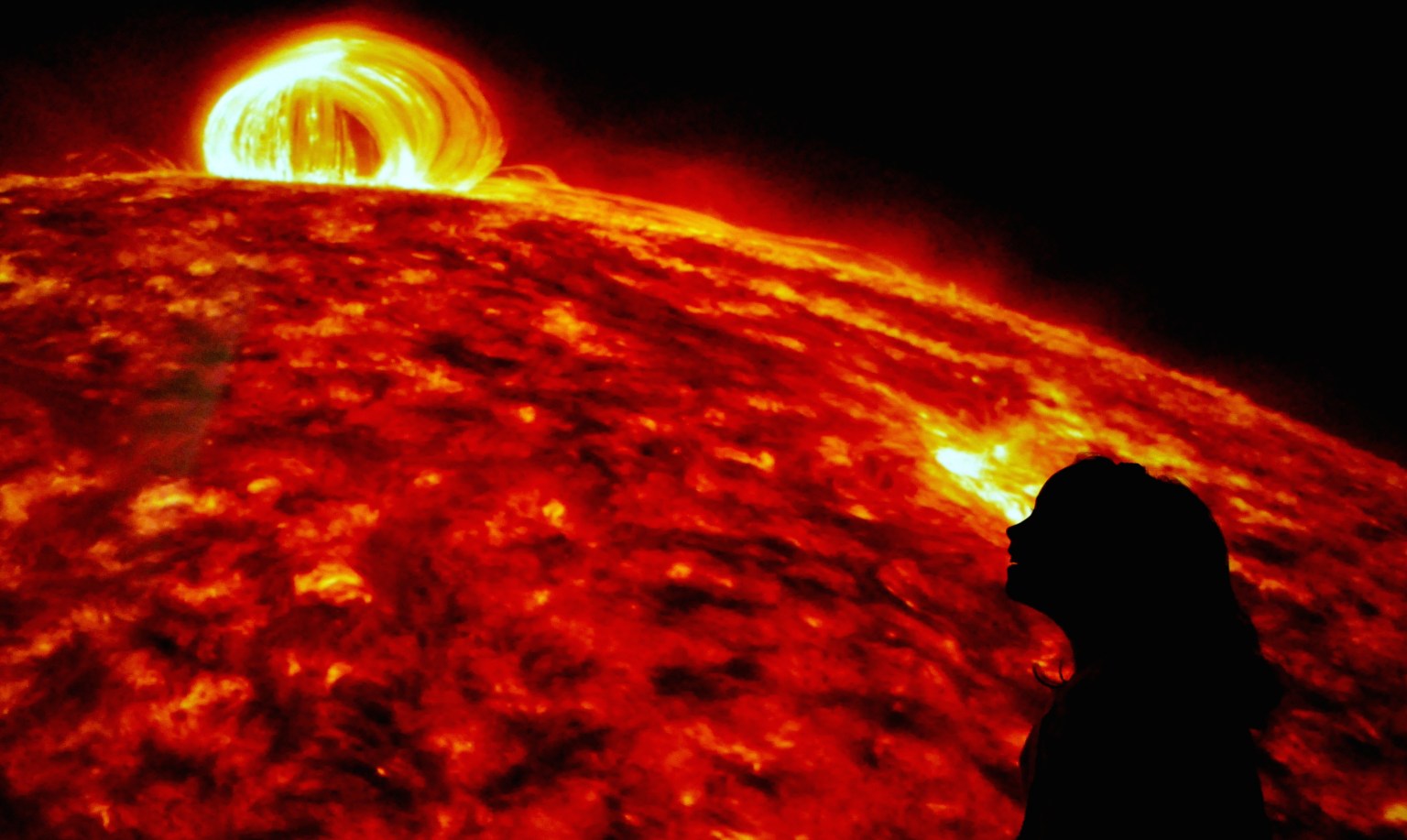
Saturday Science is #READYTOGOES
April 13, 2024 | 1-3 p.m.
NASA Goddard Space Flight Center’s Visitor Center will host “Saturday Science is #READYTOGOES.” The 2-hour event for the general public will concentrate on the GOES-R program, highlighting its benefits to the public and the upcoming launch of GOES-U. Participants will engage with hands-on activities and demonstrations to learn more about the science of GOES from NOAA and NASA experts. The team will be here to answer your questions and lead you through an afternoon of discovery! Registration is not required for this free program. Recommended for ages 6 and up. For more information, please email gsfc-visitorcenter@mail.nasa.gov or call 301-286-8981.
Learn More about Saturday Science is #READYTOGOES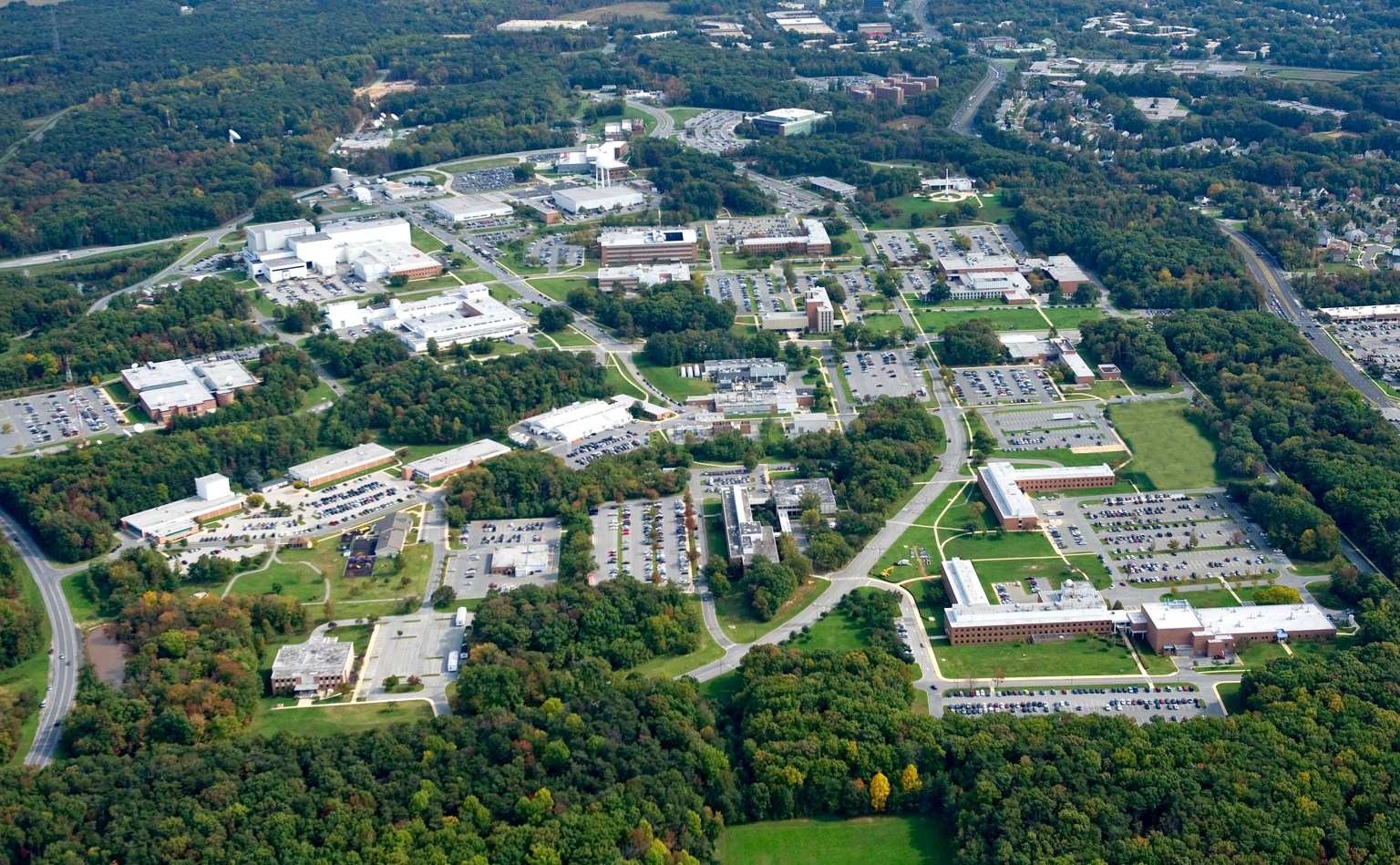
Families
Astronomy Day – WASI 40th Anniversary
April 13, 2024 | 4:30 p.m.
Speakers, Demos, free raffles
Learn More about Astronomy Day – WASI 40th Anniversary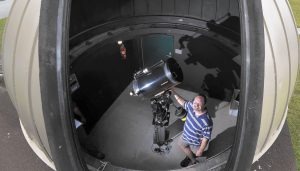
Space for Me: Sensory-Friendly Hour
April 27, 2024 |10:30 – 11:30 a.m.
Explore the Goddard Visitor Center during a sensory-friendly hour before we open for the day. Sounds and lighting in our exhibit spaces will be limited during this time. We will also have touch items for visitors to experience. Registration is required for this free program. For more information, please email gsfc-visitorcenter@mail.nasa.gov or call 301-286-8981.
The NASA Goddard Visitor Center is a KultureCity Certified Sensory Inclusive Venue.

Find Your Place in Space Week
The week draws on the strengths of partners to open the doors of the space industry to people who already love space, those want to know more about space, and those that do not know how they can be a part of this industry.
Learn More